Lucien Gibert, born June 21, 1904 in Saint-Étienne and died March 23, 1988 in the 13th arrondissement of Paris, was a French sculptor and medalist. Biography Lucien Gibert was born on June 21, 1904 in Saint-Étienne, in the Loire department, from the marriage of Pierre Victor Gibert, cabinetmaker, and Mélanie Mathevot1. He entered the School of Fine Arts in Saint-Étienne and then the National School of Fine Arts in Paris, in the studio of Jean Boucher. He then worked under the direction of Charles Despiau, but Aristide Maillol remained his reference. Faithful to the human figure, he works in wood, stone and marble, often in direct carving. The journalist and director of the magazine Le Peintre Jean Chabanon writes: "This artist, who is particularly attached to the female model [...] thus asserts himself as a sculptor worthy of the antique, heir of Rodin and Bourdelle, of Maillol and Despiau, emulator of Georges Oudot and Volti. His mastery and his talent qualify him to put a serious beauty on places and medals, in our stadiums and in our museums2. He exhibited from 1923 at the Salon of French Artists and at the Salon des Indépendants. He received the gold medal at the Universal Exhibition of 1937. Winner and scholarship holder of French Equatorial Africa in 1948, he traveled first to Algeria, then to Black Africa and brought back sketches and photographs inspiring him to numerous sculptures which he exhibited at the Salon des Artistes Français3. His groups with massive stone figures adorn the stadiums of Charléty, La Courneuve, rue Championnet. He carried out numerous State commissions, such as Young Girl from the South, exhibited at the Montpellier Museum, Algerian Dancer for the Museum of Overseas France or Offrande, Woman at the Bottom, Maternity... for the Museum of Modern Art. of Paris, He is also the author of more than two hundred medals for the Monnaie de Paris. He died on March 23, 1988 in the 13th arrondissement of Paris and was buried in the Père-Lachaise cemetery.cf wikipedia


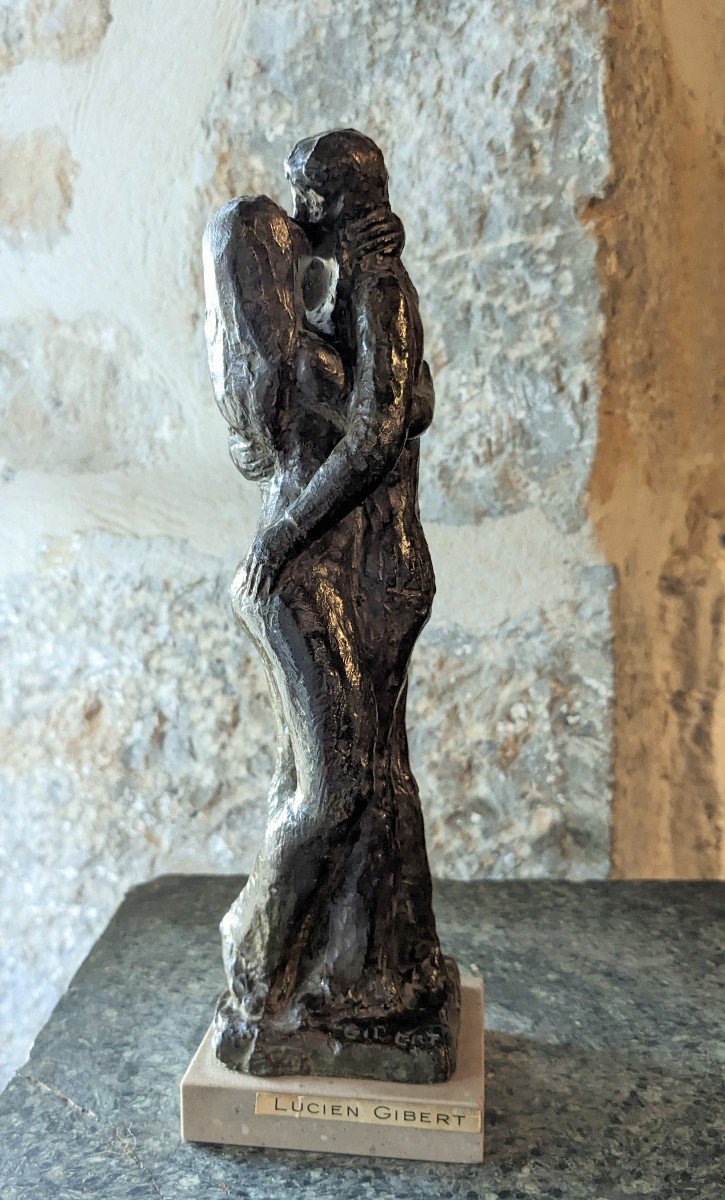

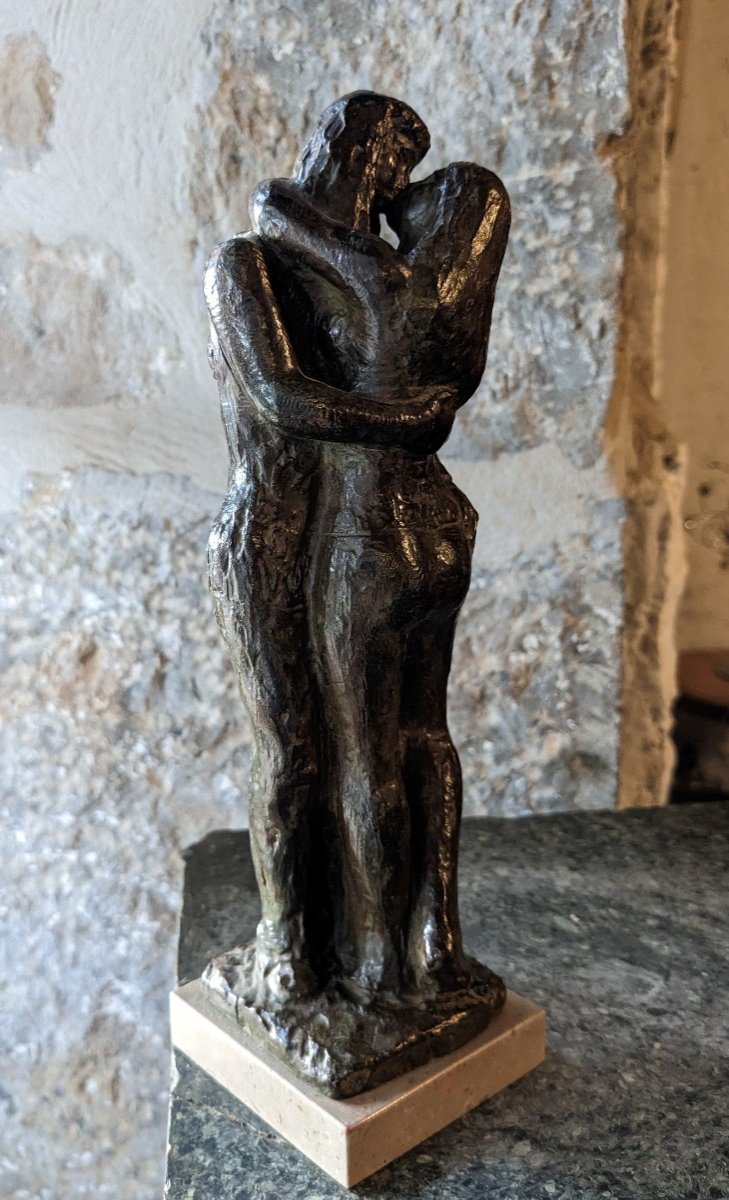

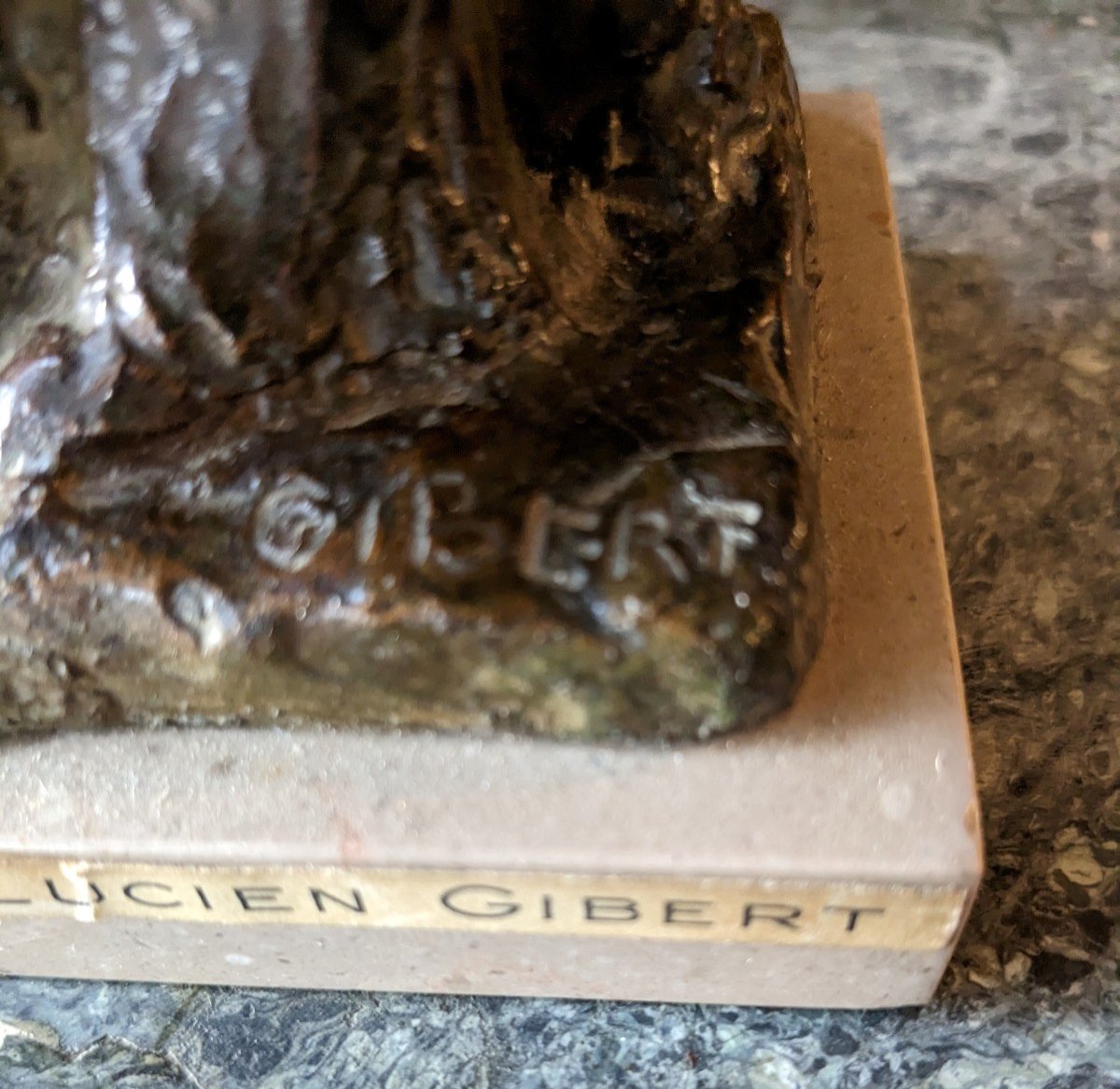
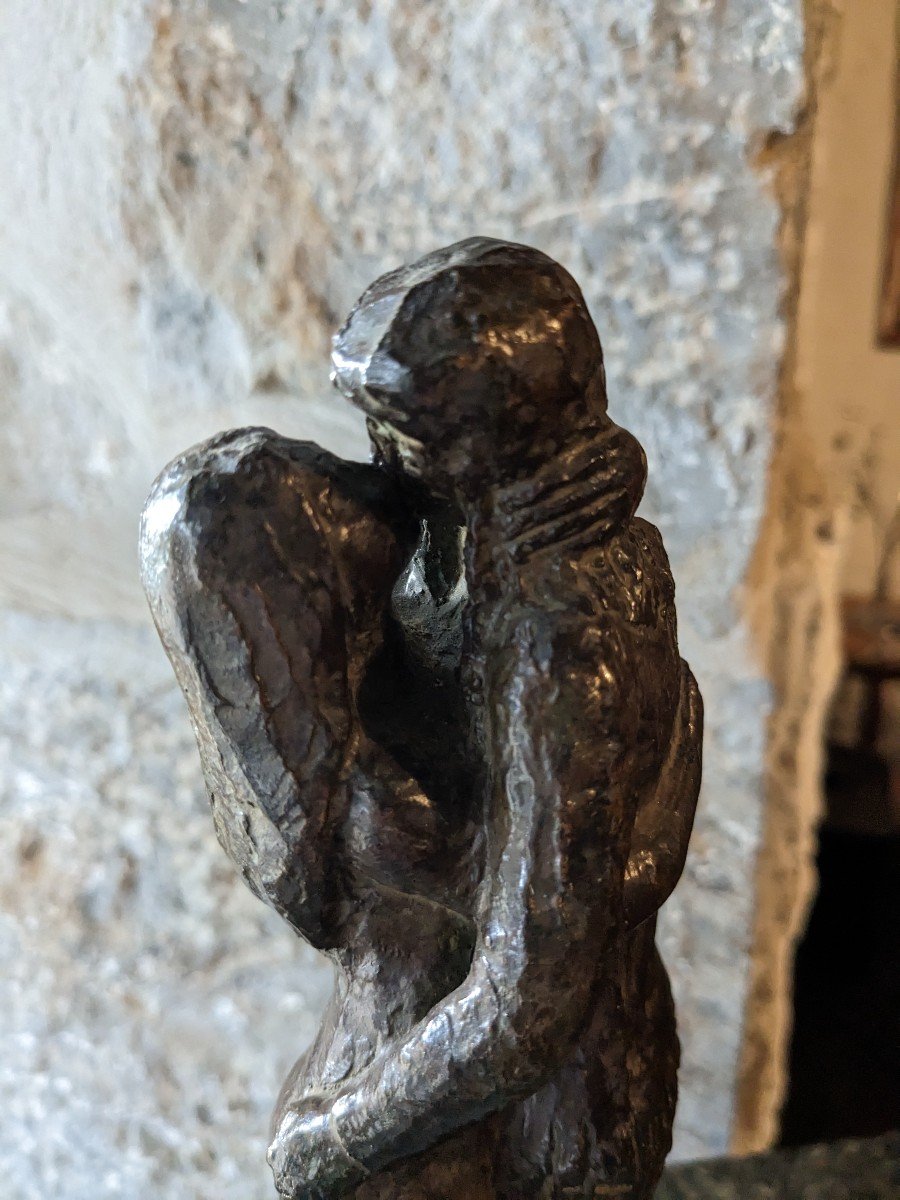
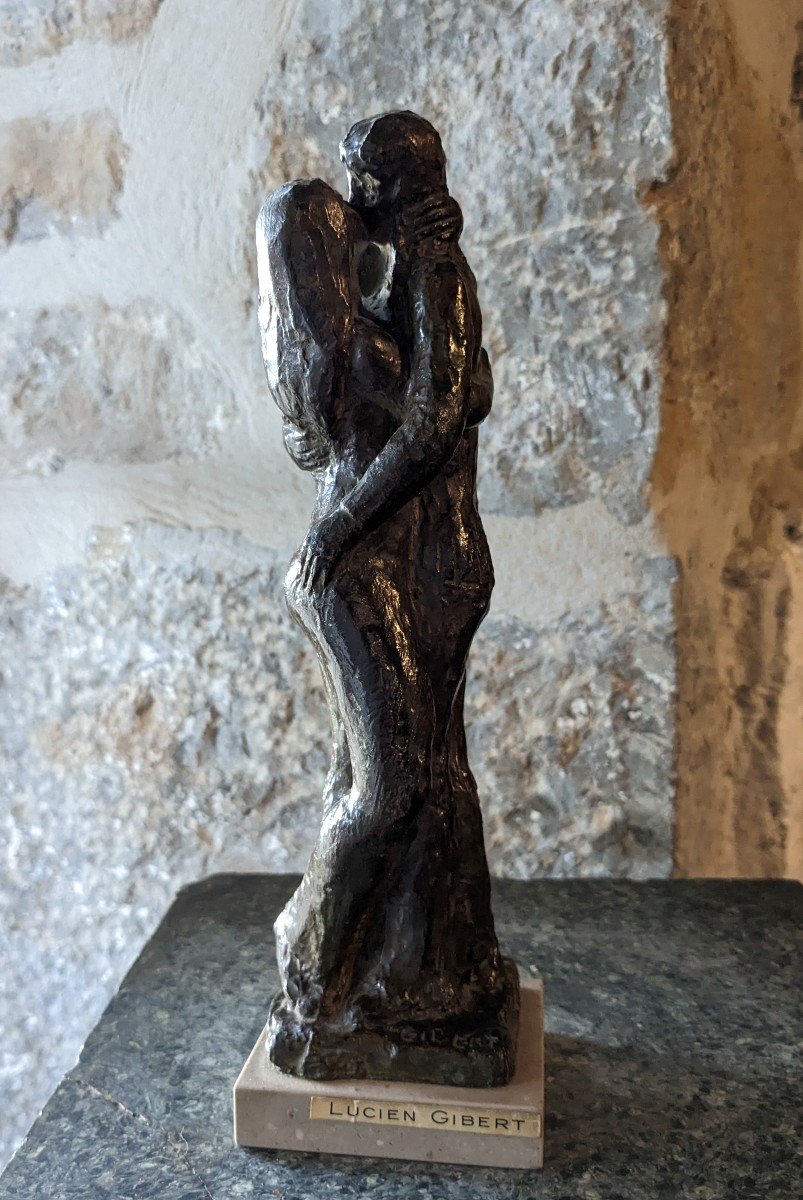









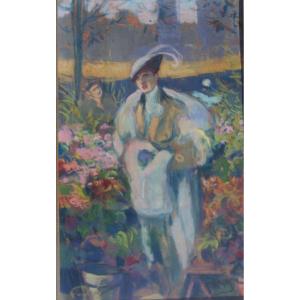

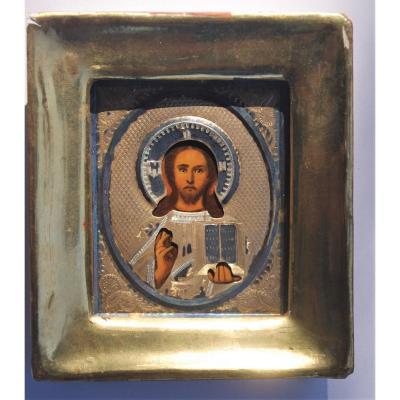

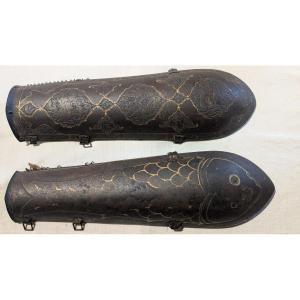

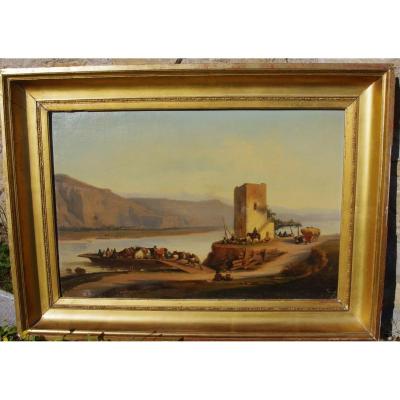
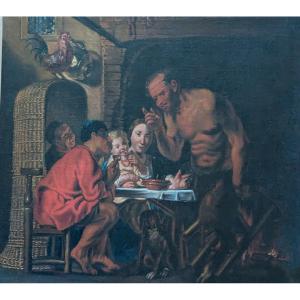


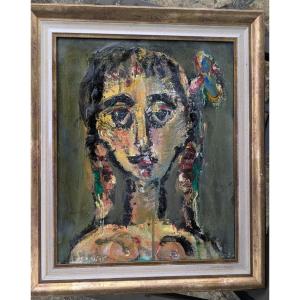

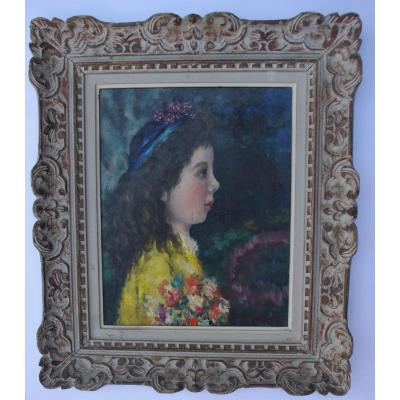

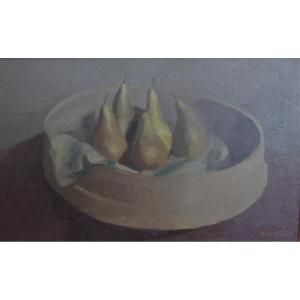








 Le Magazine de PROANTIC
Le Magazine de PROANTIC TRÉSORS Magazine
TRÉSORS Magazine Rivista Artiquariato
Rivista Artiquariato